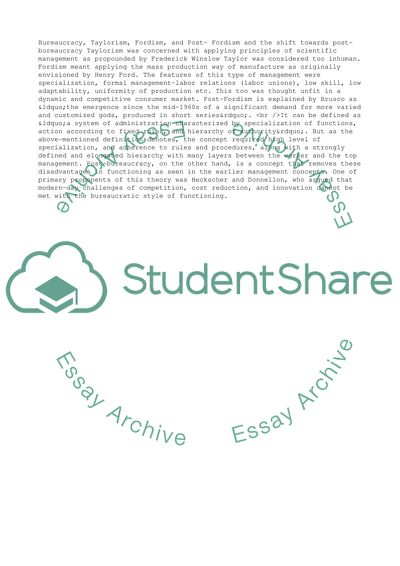Cite this document
(“Bureaucratic problem by Human Resource Managers Essay”, n.d.)
Retrieved from https://studentshare.org/management/1555322-essay
Retrieved from https://studentshare.org/management/1555322-essay
(Bureaucratic Problem by Human Resource Managers Essay)
https://studentshare.org/management/1555322-essay.
https://studentshare.org/management/1555322-essay.
“Bureaucratic Problem by Human Resource Managers Essay”, n.d. https://studentshare.org/management/1555322-essay.


